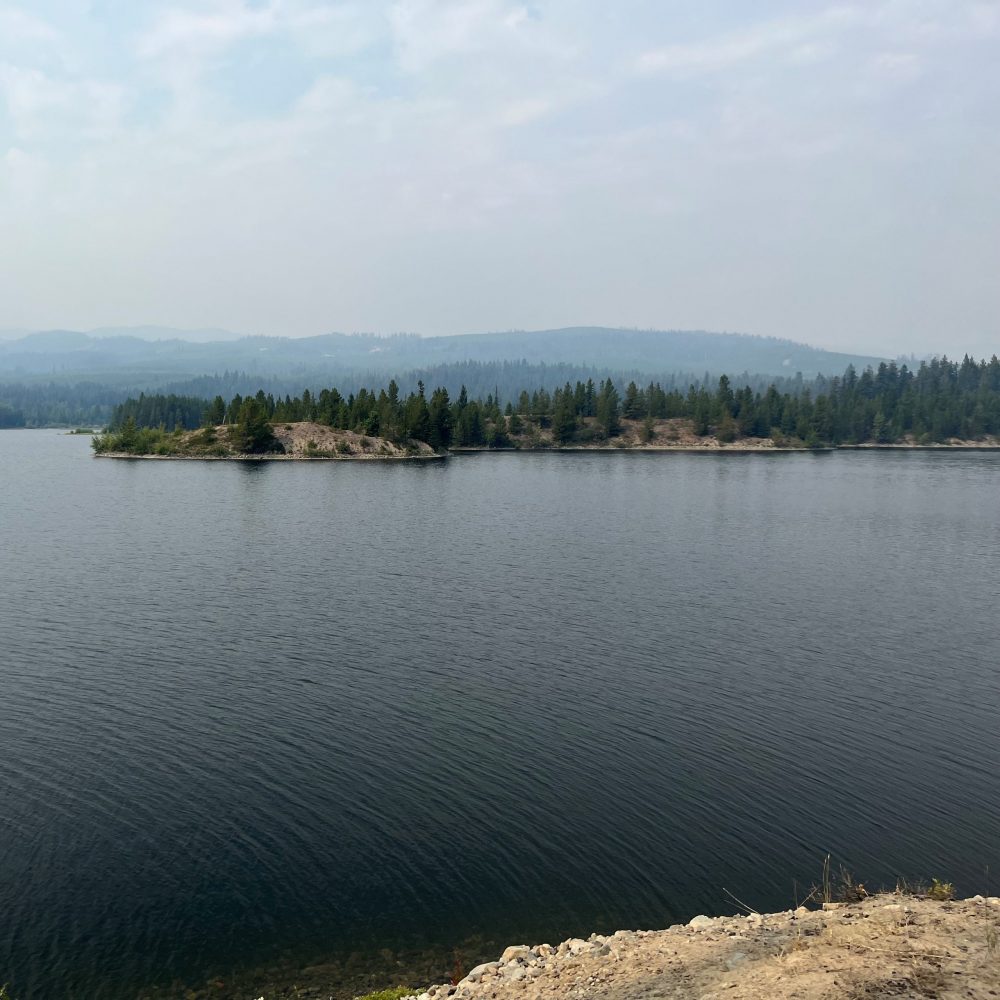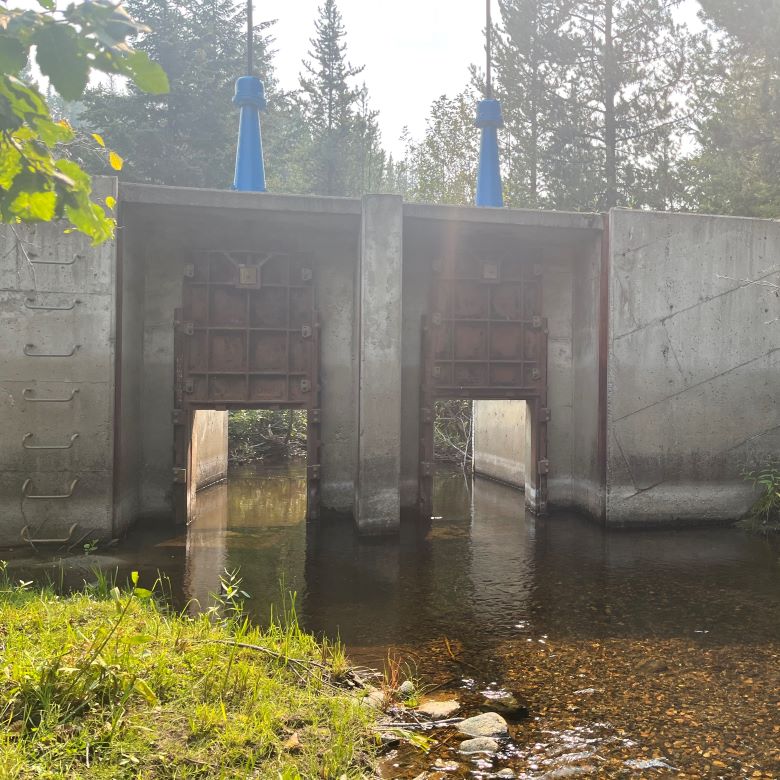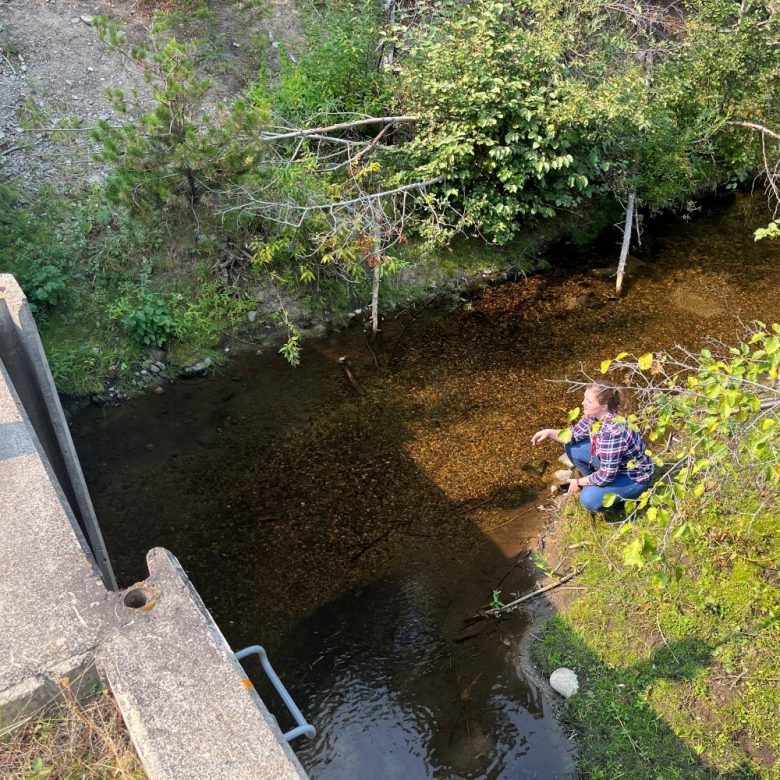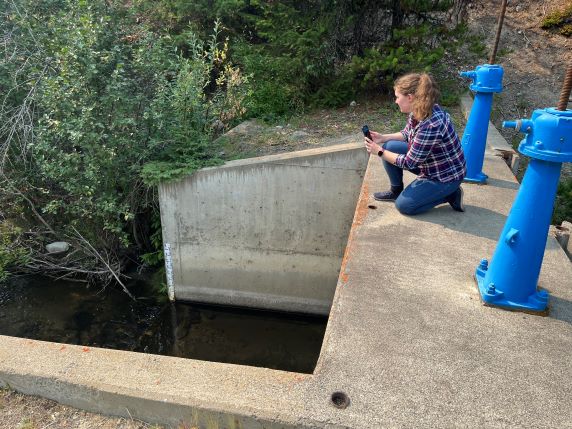Emmi Matern

Emmi Matern is a PhD student in the School of Engineering.
Emmi received her BASc in Civil Engineering from UBC Okanagan in 2021. She has worked as an EIT and Junior Hydrotechnical Engineer in rural BC, and has experience with dam engineering and work in and around water. Emmi is currently a PhD student with the School of Engineering and is a Graduate Research Assistant with the interdisciplinary Watershed Ecosystem Science Cluster. She is focusing her studies on water quantity, availability, and allocation, as well as its implications for the planning, management, and risk assessment of community water systems.
About
Emmi Matern
PhD Student, School of Engineering
Email: emmi.matern@ubc.ca
Research
Urban Water
Risk assessment and management of cumulative effects and other stressors to the downstream community siwɬkʷ (water) supply with Rehan Sadiq
Here are a few snapshots from the sqʷʔa (Peachland Creek) watershed to illustrate various aspects of Emmi’s work:
Peachland Lake is a reservoir with a capacity of 11 767 megalitres (9,540 acre-ft).
These gates control siwɬkʷ (water) upstream of Peachland Lake, and help maintain human siwɬkʷ needs and environmental water needs in the watershed.
The stream channel upstream of the control gates is kept clear of vegetation and debris to allow for the free passage of siwɬkʷ (water) and to make inspection and maintenance easier.
The depth gauge (A) is used to measure the height of siwɬkʷ (water) flowing through the gates. The gate height (B) controls the maximum flow rate into the reservoir. The flat concrete platform (C) makes a weir-type structure, which allows operators to determine the flow rate of siwɬkʷ flow in the watershed. It is important to know the flow rate in order to prepare for flood and drought conditions.
Understanding the current condition of built infrastructure and maintenance procedures are important aspects of drinking siwɬkʷ (water) risk management.
In addition to built infrastructure, natural habitat and vegetation play a role in maintaining and improving drinking siwɬkʷ (water) quality and quantity.
Indicators that link the upstream processes with downstream conditions are being identified to guide integrated analysis and management.






